2016 Hyundai Tucson review, road test
Hyundai focuses on style, refinement and comfort for its third-generation Tucson.
Published on Jan 31, 2017 07:00:00 AM
28,308 Views
Follow us on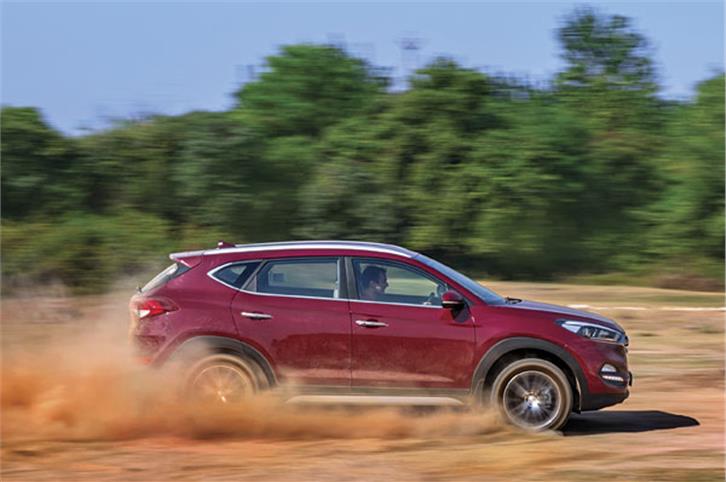
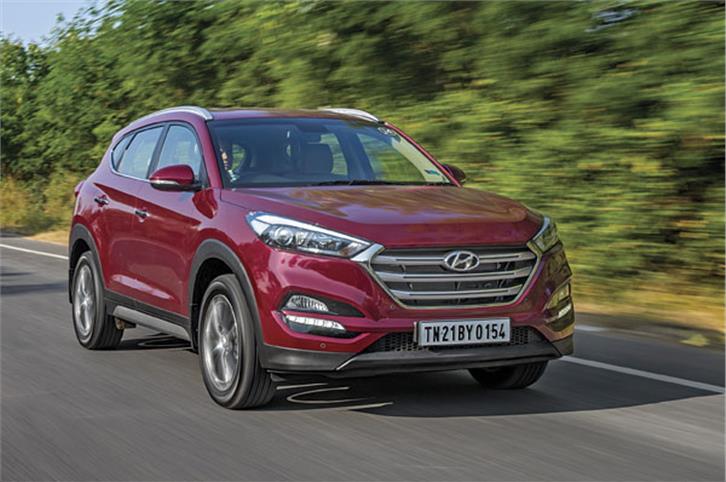

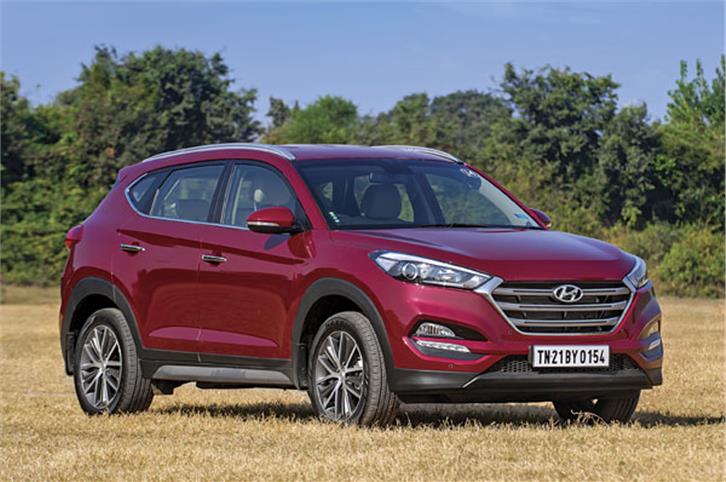
The slick, Santa Fe-like exterior of the Tucson raises your expectations about the cabin. But instead, what you step into is a cabin that’s a lot similar to the Creta’s. This is a tad disappointing because those upgrading from a Creta (and there will be quite a few) would have expected the interior to be different.
The two-tone, black-and-beige dashboard is clean and functional with plastic quality that’s just about average for a car at this price. Taking centre stage is a large 8.0-inch touchscreen (similar to the Elantra) that’s responsive to touch and quite a delight to use. Another plus is the presence of physical knobs and dials for a few frequently used functions; so you don’t have to take your eyes off the road when using the screen. The unit has a navigation system too, but most users will simply opt to use Google Maps instead, thanks to Android Auto compatibility. The unit also works nicely with Apple CarPlay and has all the expected connectivity options of Bluetooth, Aux-in and USB. The six-speaker sound system is really impressive and the Arkamys Sound Mood software has some neat sound modes like Live, Lounge, Club and Natural; only audiophiles would consider a speaker upgrade. The instrumentation consists of neat twin dials flanking a 4.2-inch colour screen that displays the trip computer and other information. Below the controls for the dual-zone HVAC system sit two power sockets and one USB port, but we think it would have been better the other way around. When it comes to USB slots in today’s times, the more the merrier. Interestingly, the top-spec diesel GLS variant gets a handy electric parking brake which frees up space on the floor console for an extra cubbyhole and a larger centre console box. The diesel GLS also gets an Auto Hold function; there’s a green light on the instrument cluster to tell you when it’s active.
The Tucson’s interior is very comfortable. Leather wraps the multi-function steering wheel, the transmission knob and the armrests, and on the two top-spec cars, the seats too. The front seats are wide and the cushioning feels plush with generous side and under-thigh bolstering. The driver’s seat gets a 10-way power-adjustable function, but misses out on the cooling function. It also loses out on a crucial feature and that’s a sunroof – something buyers in this segment seem to really want. Hyundai, however, is aware of this and will offer this as an option in the AWD variant due for launch in April.
Legroom is very impressive, especially at the rear. The rear seats also recline a fair amount making this quite a comfy place to be in. The only issue here is the rather low-set seats that limit your view outside, thanks to the rising window line, and make you feel a bit cooped up. But giving you respite is the light colour used in the cabin, which lends a feeling of airiness.
The boot is spacious at 513 litres and the rear seats can split 60:40 in case you need to carry more luggage. The removable parcel tray position can be adjusted to suit the recline angle of the seats. However, the automatic tailgate-opening function, like on the Elantra, is the Tucson’s best party trick. Stand close to the boot with the key fob on you and the tailgate pops open automatically; very useful when you have your hands full. We did try this out and while it did work well, there were a few times the tailgate didn’t quite rise to the occasion, and we waited patiently looking a bit silly! There is also a button to limit the opening height of the tailgate, which is helpful when you have a low-ceiling garage.
On the safety front, ABS and EBD are standard on all cars, while the top trim further gets electronic aids like electronic stability control, hill start and brake assist along with downhill brake control. The automatic variants get six airbags, while the manual gets just two. A rear parking camera and sensors are offered too, with the top two trims getting the addition of front sensors.
Copyright (c) Autocar India. All rights reserved.

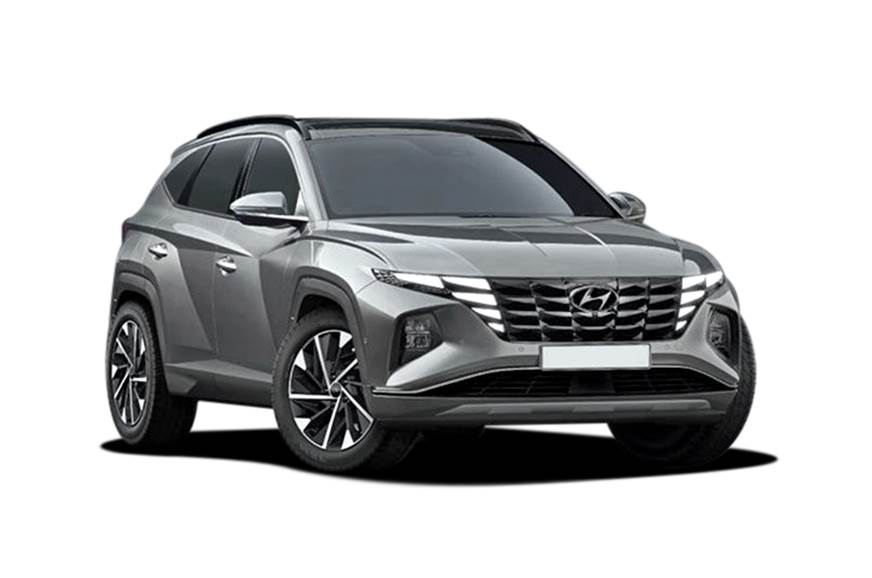

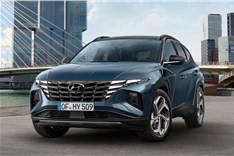

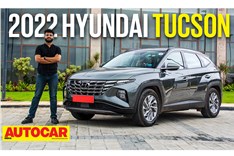
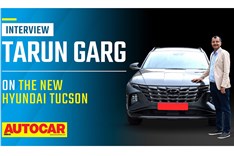

Comments
Member Login
Personal Details
No comments yet. Be the first to comment.